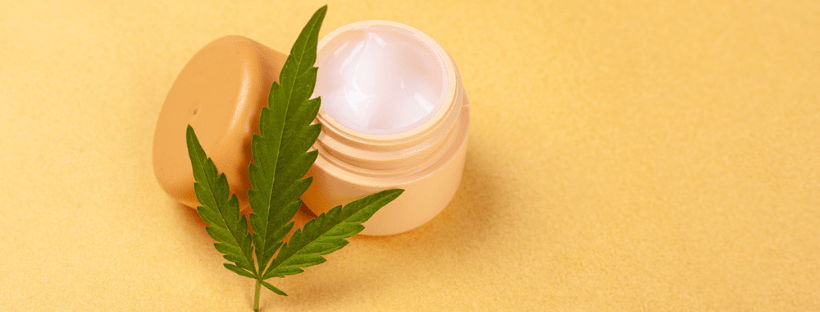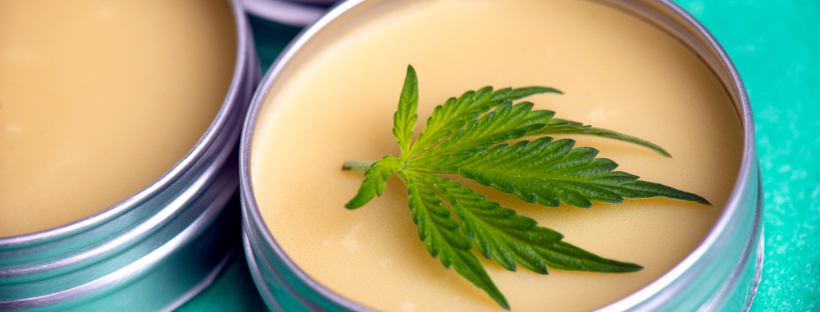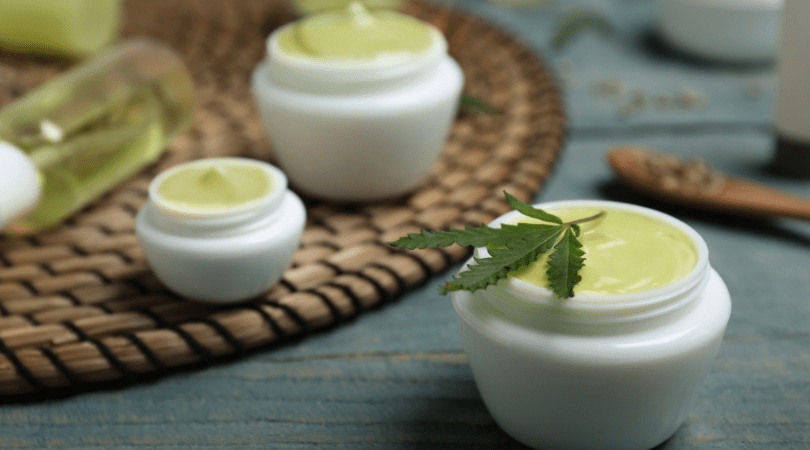Among its many uses, marijuana is thought to help relieve pain. Some believe that it acts on the pain directly, while others believe its psychoactive properties put you in a daze so that your brain does not recognise the pain anymore. By the time the marijuana effects wear off, your body will have healed itself, and the pain will be gone. Whichever way it is, marijuana positively affects body pain.
Why Marijuana Topical?
Traditionally, when people take marijuana for pain relief, they smoke or ingest it. But, some potential users may prefer something without any psychoactive effects. Others are unsure of using this drug because of the stigma surrounding marijuana use. They opt for something that does not alter their consciousness.
Luckily, with a topical, you still enjoy the full effects of high THC on the skin, including pain relief. When you apply the marijuana topical, the cannabinoids get into the epidermis. They attach to the skin’s endocannabinoid receptors without getting into your bloodstream.
Your skin has many CB1 and CB2 receptors moving around to various parts of the body. The receptors travel even to the topmost layer of your skin, the epidermis. But, the only receptors involved in giving you a buzz are those found in the brain. For THC to get to your brain, it would have to get into your blood cells first. However, the THC in topicals does not get as far as the bloodstream unless with an enhancer’s help. So, relax and rest assured that you will not suffer any unwanted effects.
The other reason the topicals will not get you high is that the THC in them is not decarboxylated. This means that it is not activated. For THC to become psychoactive, it needs to be decarbed or cooked in high heat for more than 30 minutes. Before the THC becomes active, it is THC acid (THCA), known for calming inflammation that causes pain.
Topicals are great for relieving localised pain. While smoking, vaping, tinctures, and ingesting affect the entire body, topicals only affect the target area. You only have to rub the topical on the area, experiencing some discomfort. People use marijuana topicals to get relief from headaches, swelling, and cramping. It may also help settle chronic pain such as back pain or joint pain from arthritis.

Making Your Own Topical
1. Using Ground Marijuana
To make some cannabis salve, you will need a cup of organic coconut oil, a few grams of your favourite cannabis strain (dried), and some water. It would help if you also had a thermometer, slow cooker, a fine metallic strainer, and cheesecloth. Here are the steps to follow:
- Put the water and the coconut oil inside the slow cooker. The oil will float on top of the water.
- Next, place the slow cooker on high heat, stirring its contents often, until they all liquefy. Pour in the ground marijuana and stir it until all the powder is soaked up in the liquid.
- Put your thermometer inside the cooker and observe how the mercury rises. Once the temperature rises to 120 degrees, bring down the heat to low. Be careful that the mixture temperature does not get higher than 160 degrees Celsius. If it’s too hot, the THC will burn off.
- Your slow cooker should remain on for 12 hours before you turn off the power. After the time has elapsed, remove the pot from the slow cooker and allow it to cool so you can pour it safely.
- Get the metal strainer and line it with two layers of cheesecloth. Place the strainer on the mouth of a jar and pour the marijuana mixture inside the strainer. A spatula will help you scrape off all the contents from your pot. Squeeze out all the oil and save marijuana left over for later use.
- Place the jar with the infused oil inside the fridge for some time to solidify. The oil also separates from any water that may have remained.
- Your cannabis topical is now ready. Pour out the water and store your cannabis salve in a cool, dry place away from sunlight.
2. Using Infused Coconut Oil
The process of making your topical gets simpler when using infused coconut oil. You only need half a cup of infused coconut oil, a quarter cup of olive oil, a cup of organic shea butter, beeswax, shea butter, or a combination of them all.
If you want your topical to have a sweet scent, add a few drops of essential oil. Lavender oil is good for relaxation after a hard, long day. Tea tree oil and mint oil deliver an invigorating feel. When treating sunburns, opt for mint flavour because it cools the skin.
Put all your ingredients but the essential oils in a double boiler. When the contents have melted and mixed well, remove the top bowl from the boiler. Mix in the essential oil of choice and set it aside.
Allow the mixture to cool until it is nearly completely solid. Using a hand or stand mixer, whip your mixture thoroughly until it becomes smooth.
Transfer your oil into a glass container to cool completely. Store your oil correctly, away from light, high temperatures, and moisture.

Closing Thoughts
The advantage of a DIY recipe is that you can tweak the recipe to make the cannabis topical to be of any strength you like. If you don’t want your topical too strong, use little marijuana or infused coconut oil. If you want a more potent effect, increase the marijuana content. Use a strong salve to relieve severe pain and a mild salve for mild pain.
You may also substitute the butter and oils used in this recipe with other products that you prefer. For example, if you want to prepare a vegan salve, take out the beeswax and use shea butter instead. Some people also find beeswax too tough on the skin. If you are concerned about the harshness of the wax, opt for cocoa butter.
Making marijuana topicals is easy. You will also like that the recipe is quite forgiving. Tweak it to your preference and enjoy the pain-relieving characteristics of marijuana. Togo Weed stocks some of the best marijuana strains and marijuana products.


